Now is a great time for a renovation loan
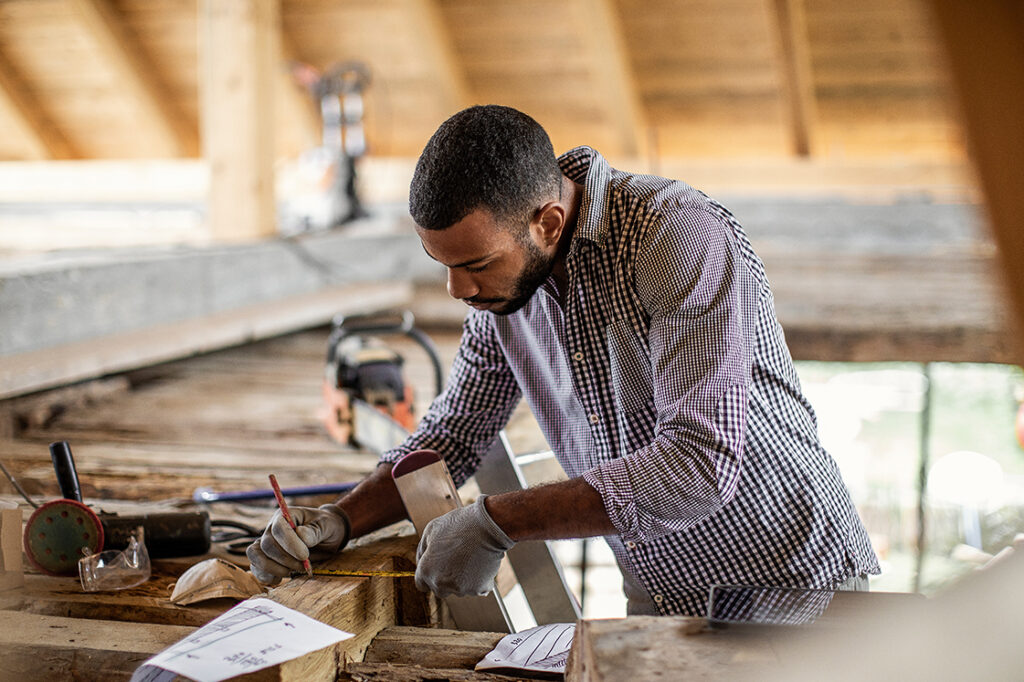
If you’re looking to purchase a new home but are struggling to find one you can afford, you’re not alone. Across the country, inventory is low and bidding wars are the norm. In the hottest markets (Austin, Phoenix, Nashville), homes are listed for a week or less before they have more than a dozen offers […]
The difference between a 30 and 15-year fixed mortgage
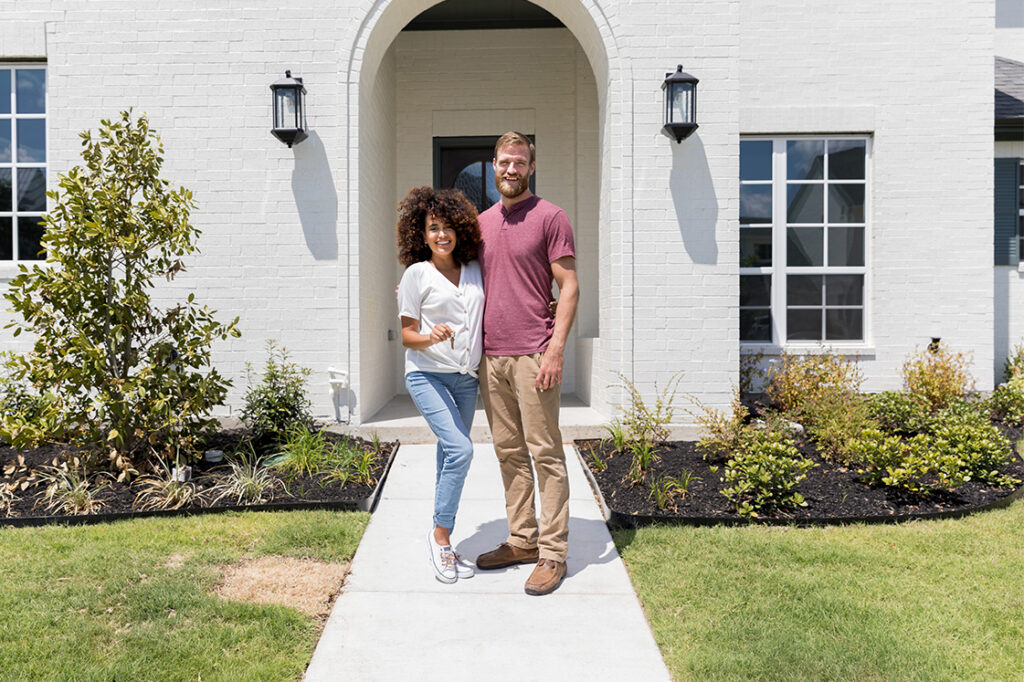
A mortgage term is how long it will take you to repay the loan in full. There are a few term options, but most common are 15 or 30-year terms. Both mortgage options are fixed rate meaning the interest rate and monthly payment is set when the loan is taken. A fixed-rate makes it much […]
What is a cash-out refinance?
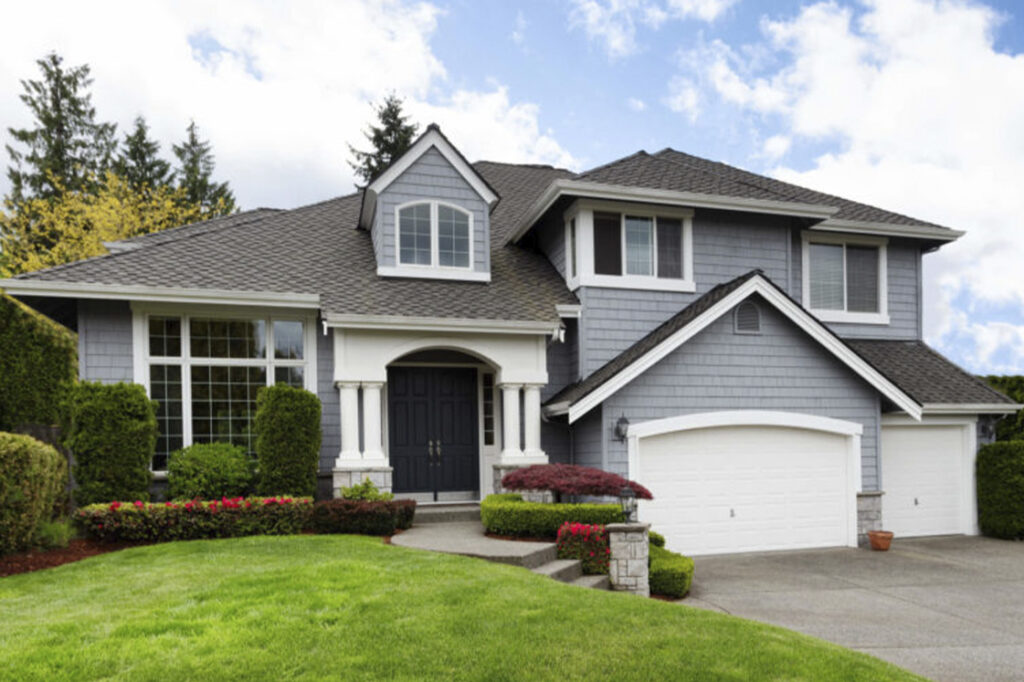
So What is a cash-out refinance? A cash-out refinance is a type of loan where a borrower has a mortgage they are currently paying off and they replace it with a new mortgage for more than their remaining principal. The difference between the principal balance of the first mortgage and the new one is given […]
Getting a mortgage for a tiny home?
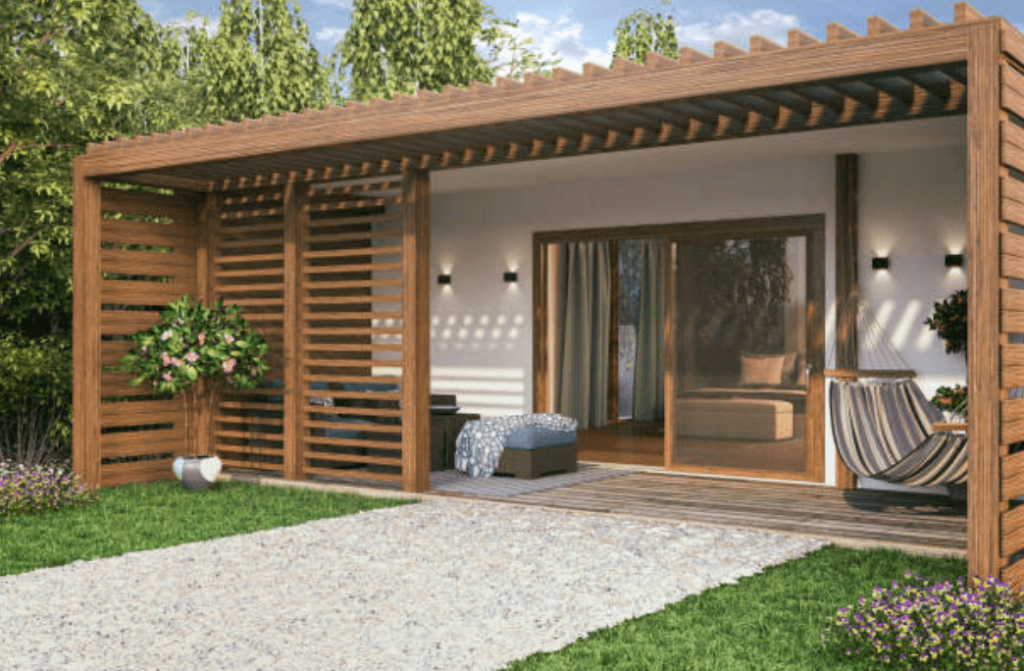
What counts as a tiny home? What defines a tiny house (also called tiny homes) is, of course, their size. A tiny house is considered a home under 400 square feet (the average traditional home was 2,301 square feet in 2019). Some are built on permanent foundations with a septic tank and solar panels, but most often they’re built on trailers so they […]
What is a home equity line of credit?

A home equity line of credit (HELOC) uses the equity you’ve built in your home as collateral to get an additional loan. Since you’re using your home as collateral, lending institutions generally are able to offer much more favorable interest rates than you would get from an unsecure borrowing source (like a credit card company). How much money can […]
Now is a great time for a renovation loan

If you’re looking to purchase a new home but are struggling to find one you can afford, you’re not alone. Across the country, inventory is low and bidding wars are the norm. In the hottest markets (Austin, Phoenix, Nashville), homes are listed for a week or less before they have more than a dozen offers […]
The difference between a 30 and 15-year fixed mortgage
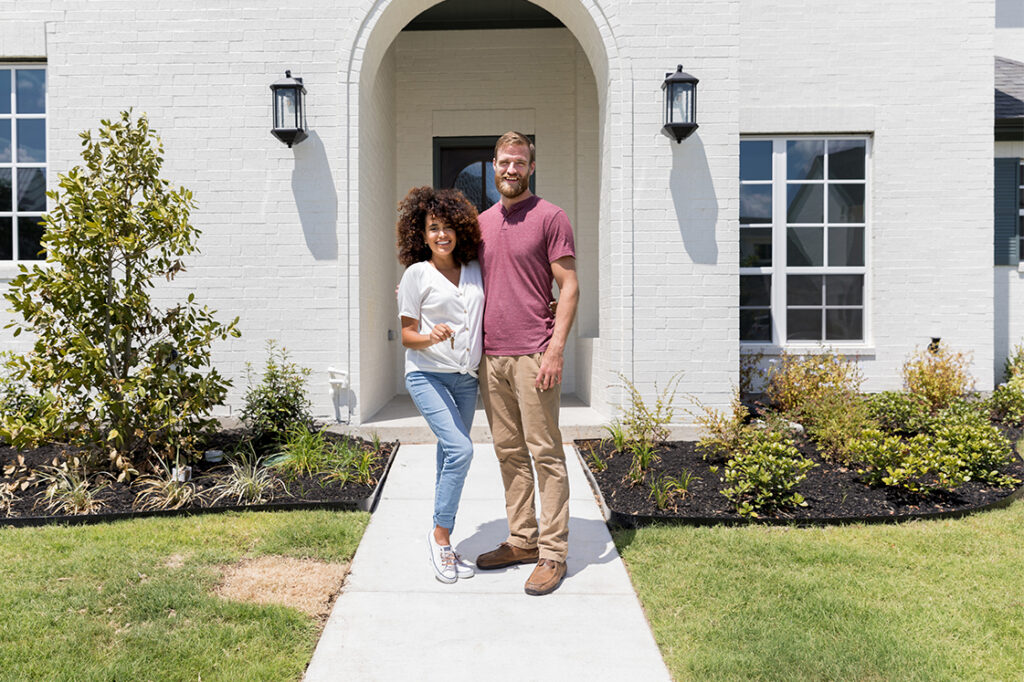
A mortgage term is how long it will take you to repay the loan in full. There are a few term options, but most common are 15 or 30-year terms. Both mortgage options are fixed rate meaning the interest rate and monthly payment is set when the loan is taken. A fixed-rate makes it much […]
What is a cash-out refinance?
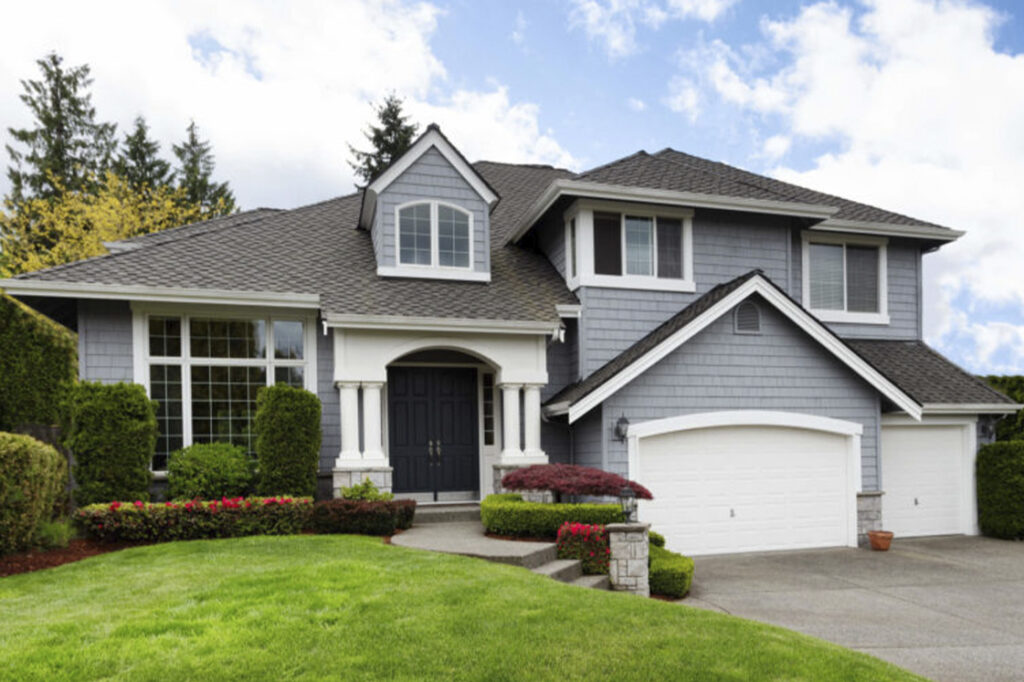
So What is a cash-out refinance? A cash-out refinance is a type of loan where a borrower has a mortgage they are currently paying off and they replace it with a new mortgage for more than their remaining principal. The difference between the principal balance of the first mortgage and the new one is given […]
Getting a mortgage for a tiny home?

What counts as a tiny home? What defines a tiny house (also called tiny homes) is, of course, their size. A tiny house is considered a home under 400 square feet (the average traditional home was 2,301 square feet in 2019). Some are built on permanent foundations with a septic tank and solar panels, but most often they’re built on trailers so they […]
What is a home equity line of credit?

A home equity line of credit (HELOC) uses the equity you’ve built in your home as collateral to get an additional loan. Since you’re using your home as collateral, lending institutions generally are able to offer much more favorable interest rates than you would get from an unsecure borrowing source (like a credit card company). How much money can […]

